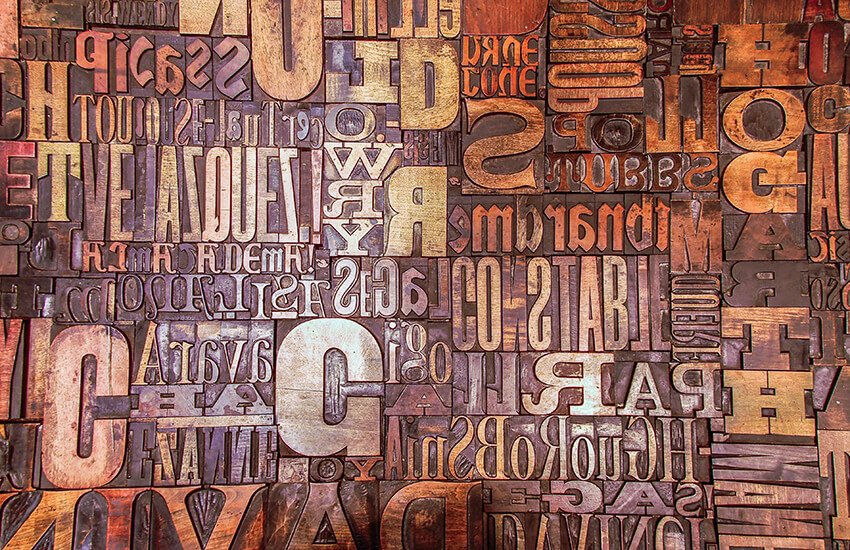As you have probably picked up, everyone at Kingfisher Labels is incredibly proud to operate successfully in an industry steeped in heritage and history.
But did you know that the first known label appeared around the year 1700, and was used to impart information on small medical containers? So, labels have been an integral part of communicating product attributes for over 320 years!
As the 18th century unfolded wine labels became extremely popular and every winery decided they had to include them on their products. All labels were printed on handmade paper by a wooden press and physically glued to the product. A process of this sort was obviously very time consuming but just before the end of the century, in 1798, two inventions came to the fore that made label production more efficient and changed the industry immeasurably – these inventions were the paper machine and the principle of lithography.
When the world raced towards the mid-1800s, labels were quickly becoming more commonplace, and they started appearing on many and varied products utilising a wide range of materials.
From 1850 the concept of printing in colour was vastly improved; previously coloured labels had only been painted by hand for exclusive products, but more and more companies quickly realised the important role that visual impact, including using colour, had to play in selling products.
Creativity and design suddenly became incredibly significant as merchants jostled for market position and actively sought to catch the interest of consumers by using labels to make their offerings appear more attractive.
So, the labelling market continued apace and 1935 saw the introduction of the self-adhesive label. This was a most important development that propelled labels to become the multi-billion pound industry that it is today.
However, self-adhesive labels did not start to be applied on a mass scale until the 1960s – this was largely due to new kinds of adhesives continually being developed. Suddenly, these new labels could be applied on all kinds of packaging and surfaces, such as plastics, wood, cartons, glass and metals. Self-adhesive labels quickly became very popular, and they were also easy to remove if needed, unlike labels with moisture activated adhesives.
Then the 1970s arrived and the developments of new manufacturing technologies, and the progress in electronic reading, made it possible for labels to contain large amounts of important information, including the use of barcodes.
So, fast forward to today and labels continue to evolve and adapt, and they remain a vital constituent part of just about every product on every shelf in every outlet. Consumers subconsciously look for the label as they rely on it for quality reassurance and communication.
Kingfisher Labels has been doing what we do for 25 years, and we are not going anywhere – and we’ll say it again, we are proud to operate successfully in an industry with heritage and history stretching back over 300 years.
For more information, and to start your journey with Kingfisher Labels, please contact our Sales Director, Andy Watts on 01454 321456 or email Andy: andy@kingfisherlabels.co.uk

